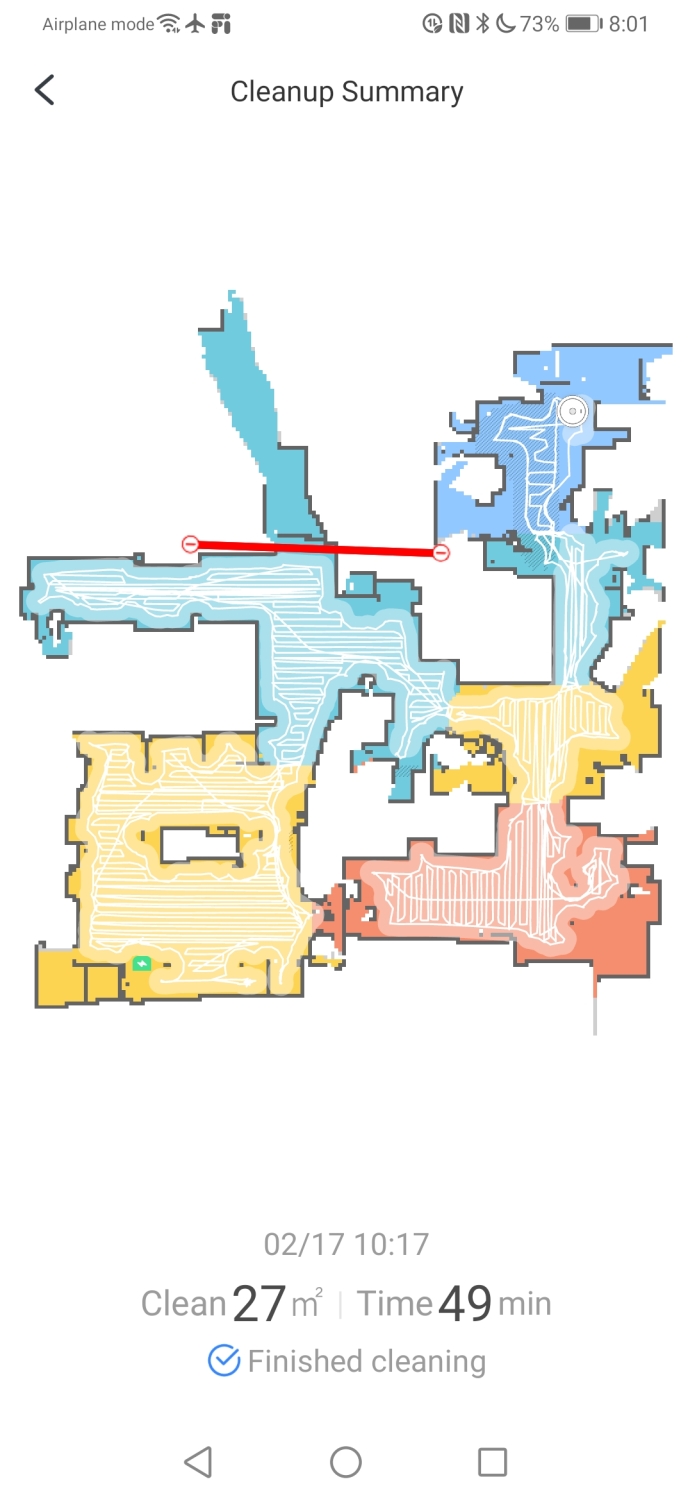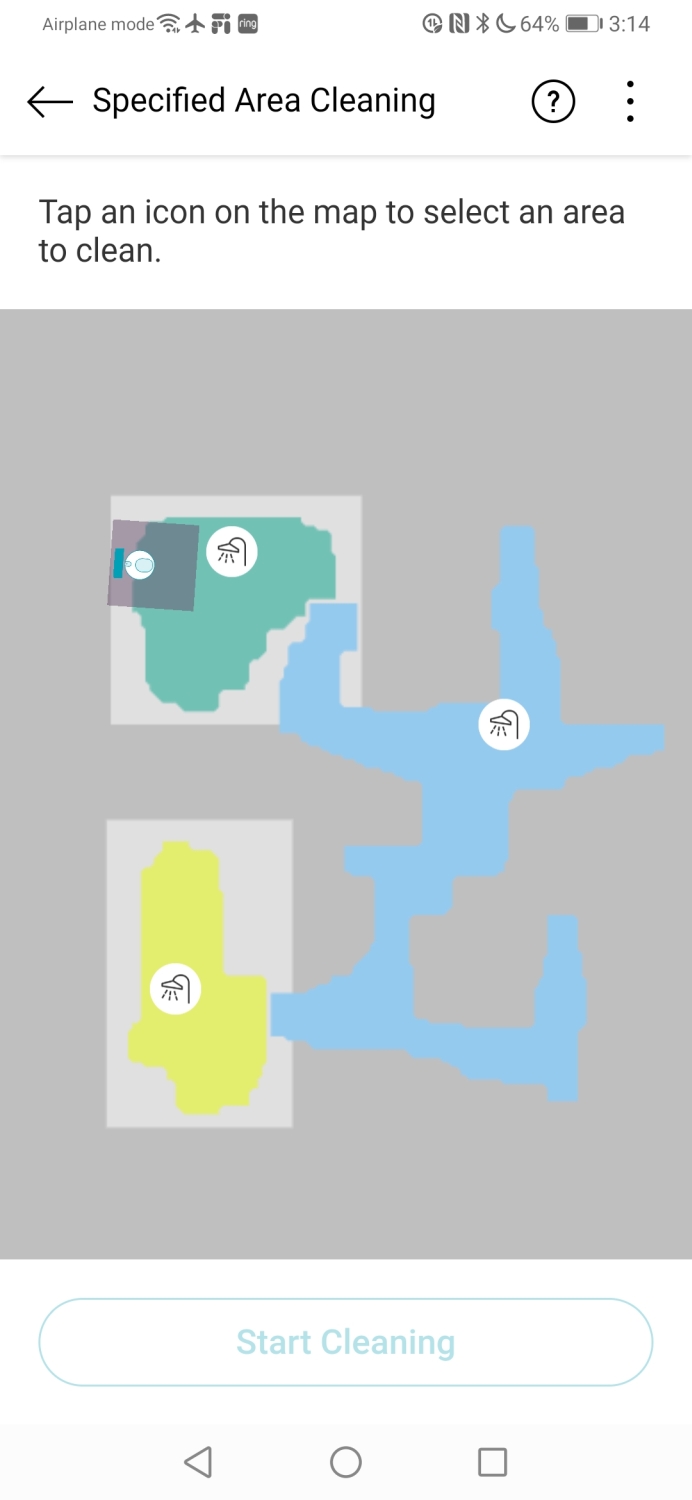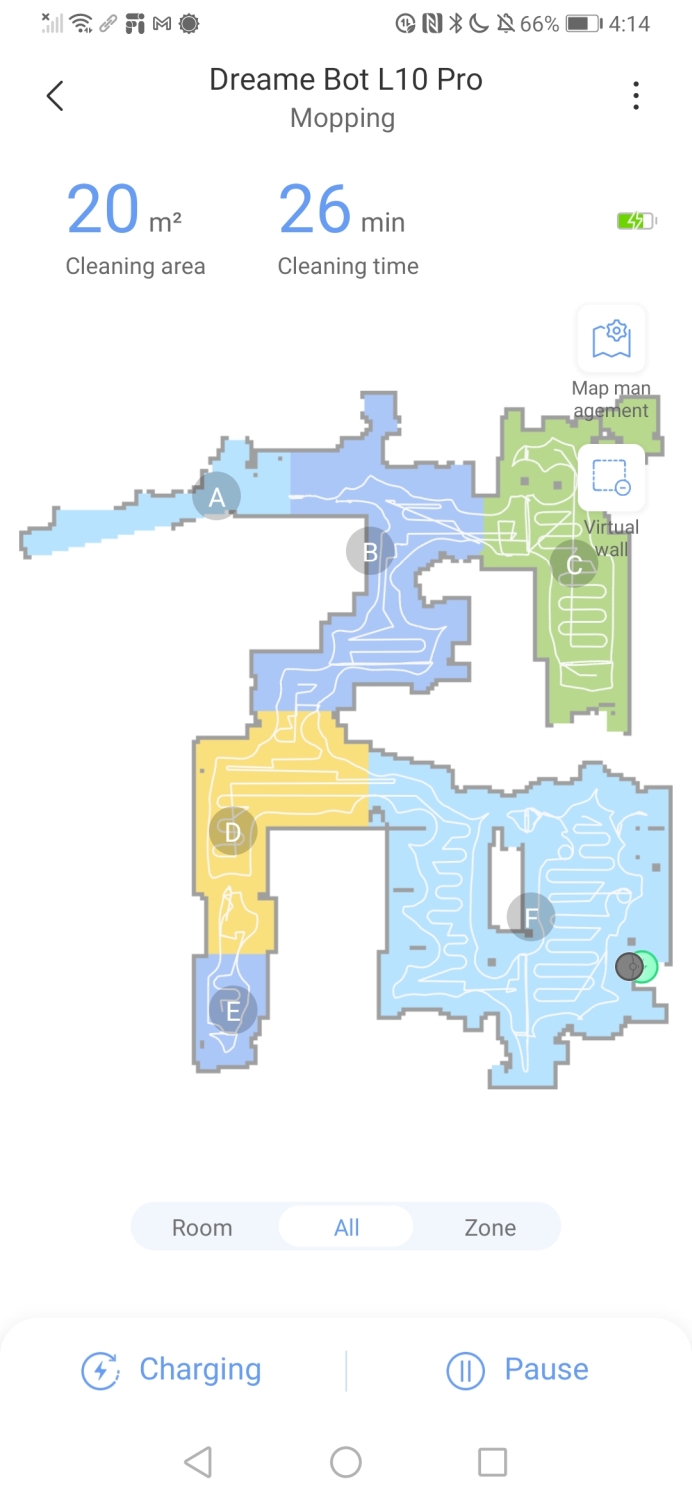Indoor home security is about to receive a substantial change with the introduction of the Ring Always Home Cam. For the first time ever, the stationary home security camera will not only become mobile, but it’ll be doing its surveillance through the air.
Despite it being introduced on September 24, 2021, we’re still nowhere closer to learning about a definitive release date for this flying autonomous indoor security camera. Hopefully, it’s soon because the window for a 2021 release is shrinking. While we know some facts about the Ring Always Home Cam, we are still largely in the dark about what else it can do. But then again, Amazon typically holds its fall event sometime in September.
Needless to say, a flying indoor security camera that patrols the home is intriguing on its own, but we still have many thoughts on what it could do.
Night vision for patrolling when it’s dark
A vast array of security cameras offer night vision, so we hope that we’ll find some form of it on the Ring Always Home Cam. It’s tough to say if this is indeed something that will be available, mainly because the product videos so far from Ring have shown the flying indoor camera operating only when it’s light out. Navigating itself in the dark could be made easier with the help of a night vision camera.

Of course, the addition of night vision would tack on some weight, but we’d still like to see the feature on board. Black-and-white night vision also typically offers sharper video footage than standard recording — so fine details may be better distinguished.
Resistance to power and Wi-Fi outages
A security camera can be rendered useless if there’s a power outage or if the Wi-Fi network goes down. We’re hoping that the Ring Always Home Cam will continue to work despite these two common concerns. Since it’s battery-powered, we suspect that it will continue to at least operate and work in conjunction with Ring’s home security system, Ring Alarm, which features a base station with backup battery power and cellular connectivity.

We suspect that the Ring Always Home Cam would continue operating normally if there are power and Wi-Fi outages. While there are few cameras that could do this, the Google Nest Cam (battery) is one of the latest cameras that shows us that it can still function properly in such a case — so there’s hope that Ring’s autonomous flying camera could do the same.
Smarter identification of possible threats
Ring’s cameras can already identify a variety of movements, and can even distinguish people from pets, but a flying indoor camera poses its own set of challenges when it comes to identifying threats. There are many concerns when people leave the home abruptly, like whether or not the front door or windows were left open. These are just two of the many possible threats we’d like for the Ring Always Home Cam to detect while it’s making its rounds. Either way, smarter identifications would tremendously give this roving camera a leg up over its static brothers and sisters.
Detection of possible fires
There are already many ways smart home gadgets can alert you in the event of a fire. For instance, many smart speakers can listen for the distinct sound of a smoke detector siren, which then would notify you about the a potential fire. With the Ring Always Home Cam, it would be nice to have some kind of temperature sensor that could detect fluctuations from one area to another.

Furthermore, if it features some kind of infrared camera, it would be able to easily discern hazards such as fires, the oven being left on by accident, or some other kind of appliance that’s overheating. Given that the Ring Always Home Cam will be autonomous, being able to distinguish these hazards while it’s patrolling would be beneficial to keeping the home safe and sound.
Room mapping
At the current moment, Ring hasn’t disclosed the details surrounding the technology that will be employed in its flying autonomous indoor security camera. We suspect that various range sensors would be embedded for obstacle avoidance if there’s something in the way of its normal patrol route. However, we really would like to see it map out rooms similar to how robot vacuums do — so that it can fly directly to a specific room based on a user’s perference.
This would come in handy if a user simply wants to check out what’s going on in a particular room through the Ring app. Room mapping, with its ability to detect hazards, couls also play a role in informing users where those hazards are in the home. There are a bunch of ways it can achieve room mapping. Lidar is the most popular technology used by robot vacuums to map out rooms, so it could potentially be miniaturized for the Ring Always Home Cam.






